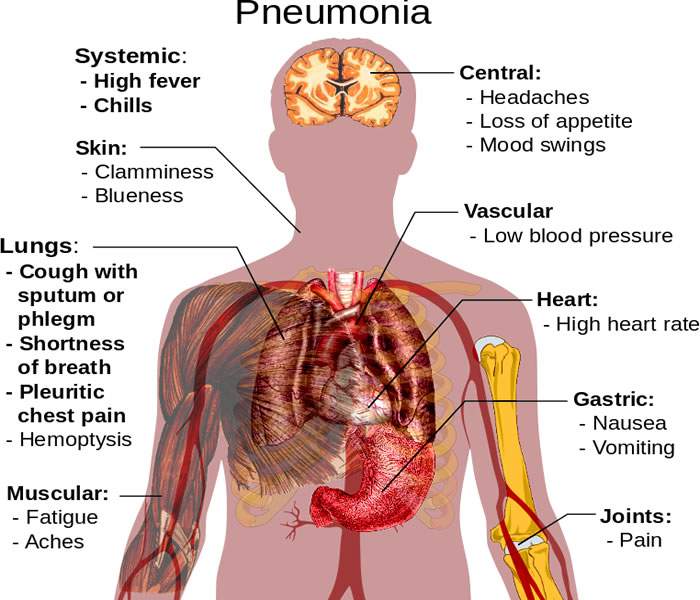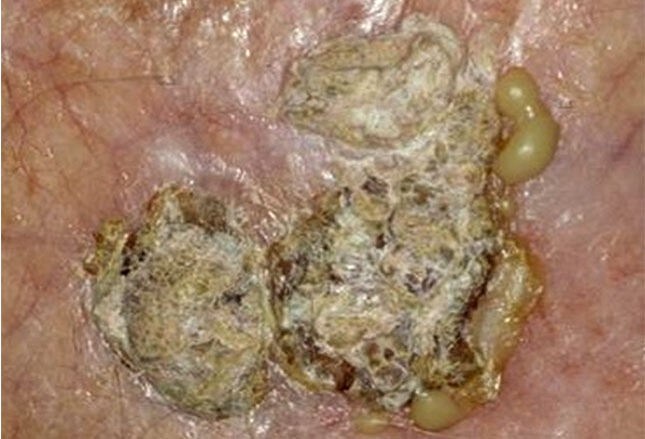Bacterial Skin Infections In The Elderly. The use of catheters or the presence of diabetes can increase the risk of UTIs in elderly people. Leprosy is also called Hansen's disease.

The symptoms of leprosy include: As a result of the natural aging process, seniors have an increased chance of developing skin infections, and one of the most common is cellulitis.
Cellulitis or abscess can occur if there is a cut or a break.
For example, the skin feeling warm to the touch and looking red may not be present in bacterial skin infections in older adults. Accurate and quick diagnosis and treatment are imperative to prevent significant morbidity and mortality. Pathogenic states that provide the milieu for infection are more common in the elderly. Staphylococcus and Streptococcus are the types of bacteria that are usually responsible for cellulitis, although many types of bacteria can cause the condition. Some bacterial infections are mild and easily treated with topical antibiotics, but other infections require. Among the many infections that may affect the elderly we reviewed the most frequent and those that are different in this age group, as herpes zoster, cytomegalovirus, herpes simplex, bacterial skin infections, erysipelas, celullitis, impetigo, folliculitis, furunculosis and carbunculosis, secondary infections, intertrigo (body folds), fungal.
Accurate and quick diagnosis and treatment are imperative to prevent significant morbidity and mortality. BACKGROUND: Skin and soft tissue infections (SSTIs) have become the second most common type of infection among persons residing in long-term care facilities. Cellulitis and infected ulcers are the most commonly encountered cutaneous infections in the elderly. In the elderly, these infections and infestations may present with atypical signs and symptoms or may complicate underlying chronic skin disorders. Leprosy is a progressive and chronic bacterial skin infection caused by the bacterium Mycobacterium leprae.it primarily affects the nerves of the extremities, the skin, nasal lining, and the upper respiratory tract. For example, the skin feeling warm to the touch and looking red may not be present in bacterial skin infections in older adults.
Accurate and quick diagnosis and treatment are imperative to prevent significant morbidity and mortality. For example, the skin feeling warm to the touch and looking red may not be present in bacterial skin infections in older adults. Urinary tract infections, or UTIs, are the most common bacterial infection in older adults, reports the AAFP.





:max_bytes(150000):strip_icc()/pneumonia-symptoms-adult1-5b4f538946e0fb0037a6ca58.png)
